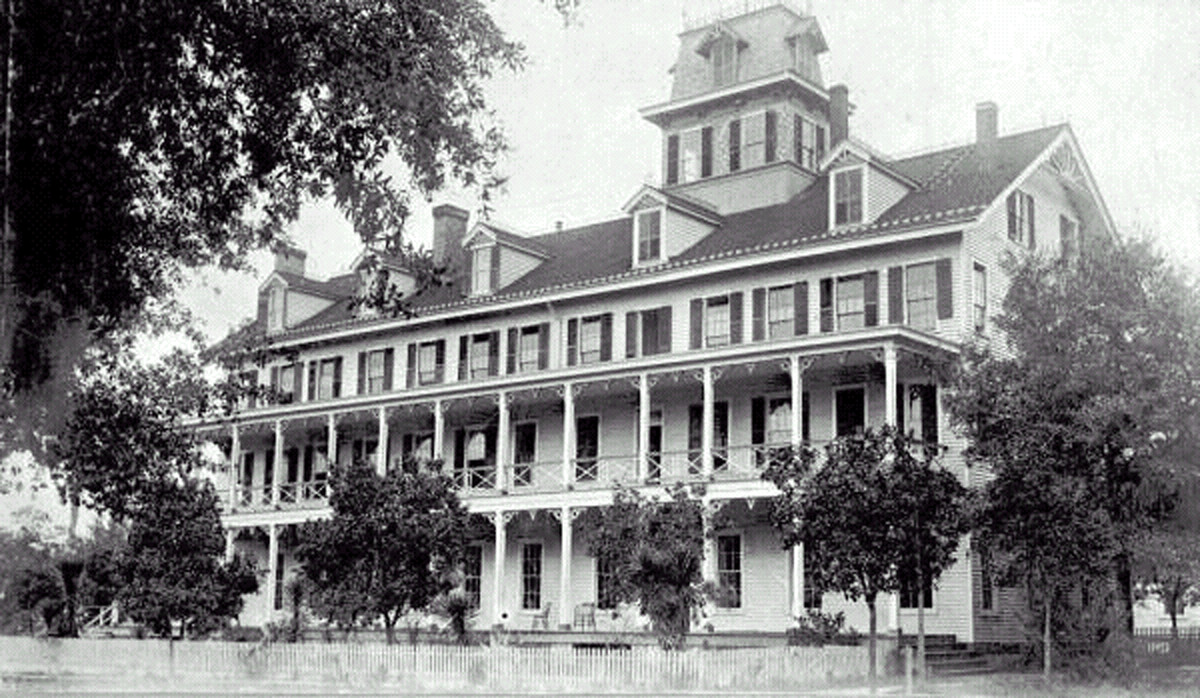Green Cove Springs thrived after the Civil War
In late 1870s and 1880s, Green Cove Springs was flourishing. Northern winter tourists arrived dockside in droves and many stayed year-round to build homes and launch businesses. Over a scant decade …
This item is available in full to subscribers.
Attention subscribers
To continue reading, you will need to either log in to your subscriber account, or purchase a new subscription.
If you are a current print subscriber, you can set up a free website account and connect your subscription to it by clicking here.
If you are a digital subscriber with an active, online-only subscription then you already have an account here. Just reset your password if you've not yet logged in to your account on this new site.
Otherwise, click here to view your options for subscribing.
Please log in to continueDon't have an ID?Print subscribersIf you're a print subscriber, but do not yet have an online account, click here to create one. Non-subscribersClick here to see your options for subscribing. Single day passYou also have the option of purchasing 24 hours of access, for $1.00. Click here to purchase a single day pass. |
Green Cove Springs thrived after the Civil War
In late 1870s and 1880s, Green Cove Springs was flourishing. Northern winter tourists arrived dockside in droves and many stayed year-round to build homes and launch businesses. Over a scant decade and a half, the population increased from 250 in 1870 to over 1,000 in 1885. Early on, town fathers wrested the coveted designation as county seat from the declining Middleburg area.
The community boasted five churches, two public and two private schools, The Springs newspaper, and a was thriving winter tourist watering hole sporting two large hotels and a boarding house on almost every corner. The very wealthy visitors built massive homes and arrived each winter with furnishings, vast numbers of wardrobe trunks and their personal servants.
Business enterprises, thrived encouraged by the tourist trade and the new permanent settlers it attracted.
Henry Burroughs operated a circular saw and planing mill in a two-story building equipped with the latest innovations in the industry, including a 50 horsepower steam engine and boiler. Working six-man crews, 24 hours a day and 7 days a week the plant struggled to keep up with the demand producing 10,000 board feet daily.
On Walnut Street, Dr. M.J. Canova practiced medicine. In the adjacent storefront, he operated a soda fountain, sold patent medicines, a variety of cigars and tobacco accessories and newspapers from around the world.
Dr. Walter Colmar, the elder physician in town, operated his drug store on Magnolia Avenue. Colmar graduated from the Kentucky School of Medicine and set up practice in the area in 1859. With all the invalids attracted to Green Cove Springs’ purported health-giving White Sulfur Springs to drink and bathe in the waters, both physicians were kept busy.
Two attorneys, Robert Davis and Fabian Law, maintained offices on the second floor of the Crocker block of commercial buildings. Davis was a Confederate veteran and represented the Green Cove Springs Melrose Railway and the Jacksonville, Tampa and Key West Railway. He also held the title of captain in a local military organization known as the “Clay Guards.” Mr. Law later became a state legislator representing Clay County in Tallahassee for several terms.
The town supported a number of general merchandise stores but the largest were operated by J.C. Crocker on Walnut Street, Stephen Ferris at the corner of Magnolia and Walnut and J.L. Kirkpatrick on Magnolia and Gum. Crocker’s was by far the largest with a staff of five, stock valued at $30,000 and annual profits averaging $50,000.
The store operated in the first floor of the Crocker Block and included an attached warehouse of more than 7,000 square feet. The second floor of the main building was finished to provide offices for rent.
As the 1900s approached and a killing freeze in 1895-96, the orange industry went south and the fickle tourist trade went right along with it drawn by newly-developed resorts in Miami.
The annual winter wave of tourists and invalids waned. Suddenly, the town was cash and opportunities poor. Green Cove Springs was left depending exclusively on a slower, more restrained and much reduced rural economy of barter and borrow.








